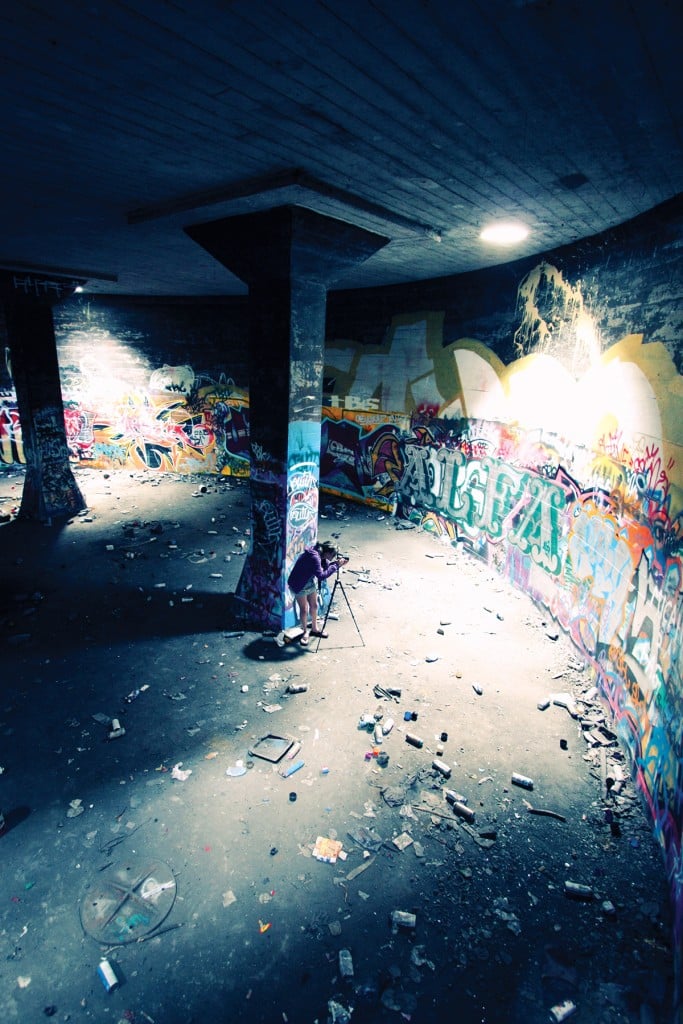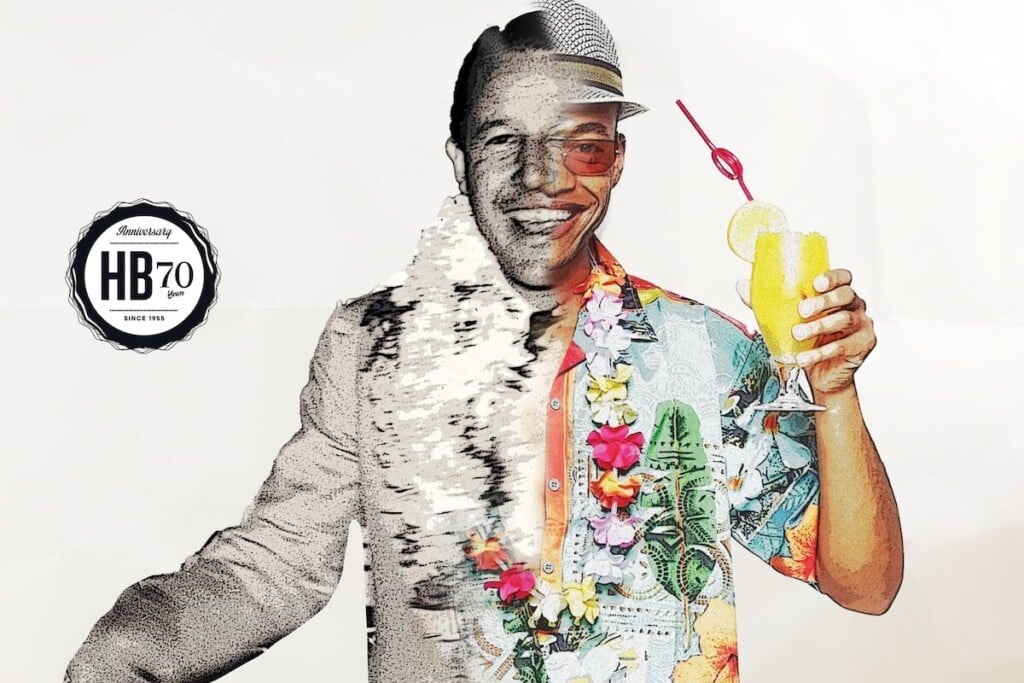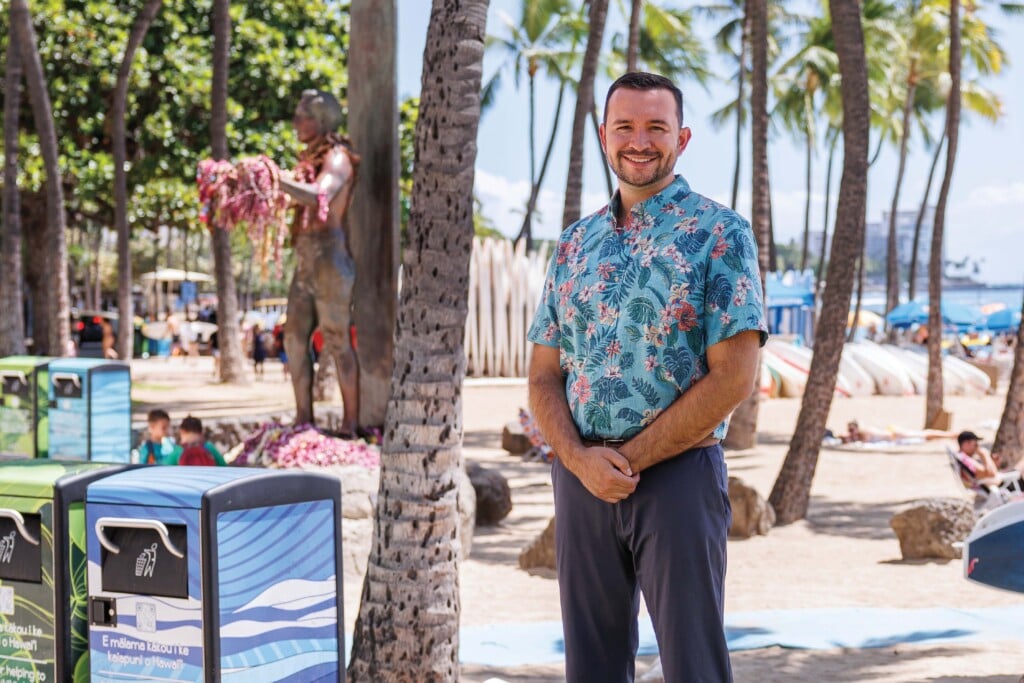Overtourism and Crowding at our Favorite Spots
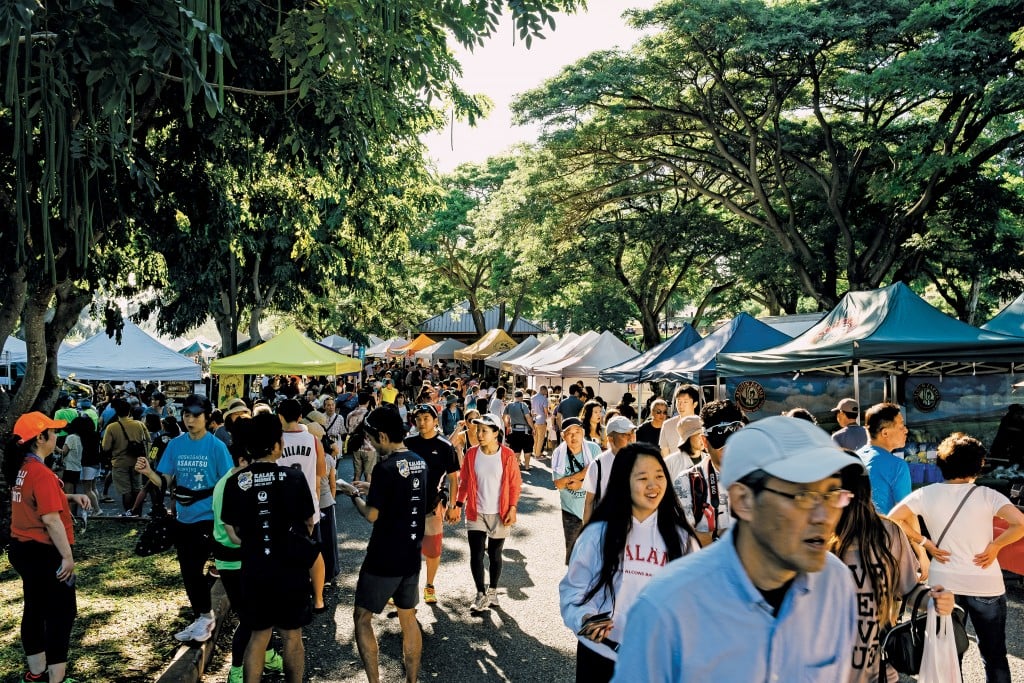
Worldwide Phenomenon
It’s not just happening in Hawaii. Since the Great Recession, the tourism industry has become the world’s largest employer, responsible for one in 10 jobs and 10 percent of global GDP, according to the World Travel & Tourism Council. Those changes have not come without growing pains. In 2017, anti-tourism demonstrations spread across southern Europe: Venice, Rome, Barcelona. Officials in Dubrovnik, the Croatian filming location for King’s Landing in “Game of Thrones,” just debuted visitor traffic surveillance cameras in the old city, which is also a UNESCO World Heritage Site; if the visitor count reaches 8,000, tourists will have to wait to enter until the number goes down.
Closer to home, editorials are appearing about “too many tourists” even in big cities like New York, and the most popular American National Parks are experiencing record numbers, lines and traffic. Even small-town “secrets” have been swamped; stories of places like the Little North Fork area near Keizer, Oregon, and Hanging Lake in Glenwood Canyon, Colorado, being “loved to death” are a dime a dozen on the internet. While many of these places are photogenic and accessible, they’re probably not on anyone’s lifetime bucket list, but they are still at risk.
So, how many tourists are too many? Mak says that instead of talking about “carrying capacity,” which implies a set number of visitors a destination can handle, many decision-makers now are talking about “overtourism” (coined in 2012 from a Twitter hashtag), which takes many variables into account but still expresses the sense that there is a threshold for “too much.”
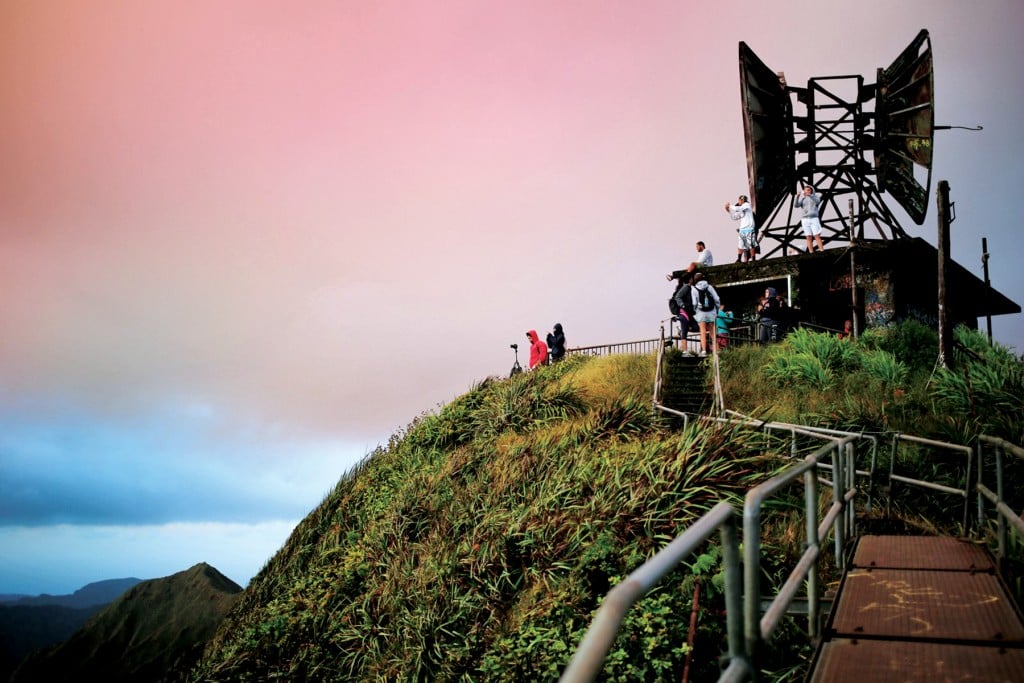
The feeling that success can be a double-edged sword has hit home, even with Hawaii’s major tourism industry players. At this year’s HTA annual industry conference, where you might expect “record numbers” and rah-rah, there was also a strong undercurrent of worry about how to prevent overtourism from affecting the state’s residents, and ultimately, the visitor industry itself. Szigeti asked the question in his uncharacteristically sober opening address, and it kept being posed throughout the three-day conference, notably in a keynote by Ólöf Ýrr Atladóttir, VP of the European Travel Commission and director general of Iceland’s tourist board.
“People are traveling globally as never before,” said Atladóttir. “There are more people in the world (for whom) international travel is part of their daily life. And there is nothing that indicates that people will stop wanting to travel.”
But the tourism industry is not like other industries, she added, which are historically kept apart from residential life. The resources used by tourists are increasingly those used by residents, which can put visitors and residents – or product and consumer – on a collision course. It’s also important to remember that in this visitor industry model, residents are also resources. “An engineer uses a rock,” said Atladóttir, “but tourism is based on resources that are much more ephemeral: nature, culture, private services, public infrastructure, people and society.
“They’re using your road system, they’re using your cafés, all of the stuff you want to enjoy. And that means that we as consumers are in direct relationship with the product, and we are emotionally attached” to the resources being used for the industry, said Atladóttir. That can get uncomfortable.
